
- HOME»
- Travel-and-tourism»
- Unveiling the True Essence of Goa: Beyond Beaches and Parties
Unveiling the True Essence of Goa: Beyond Beaches and Parties
Goa is not just famous for its beaches and the party spots or its luxuries and vacation vibe but also its vibrant and festive culture. One that nobody actually knows.

- Edited By: Srishti Mukherjee
- Updated on: May 15, 2024, 3:08 pm IST
RELATED NEWS
-
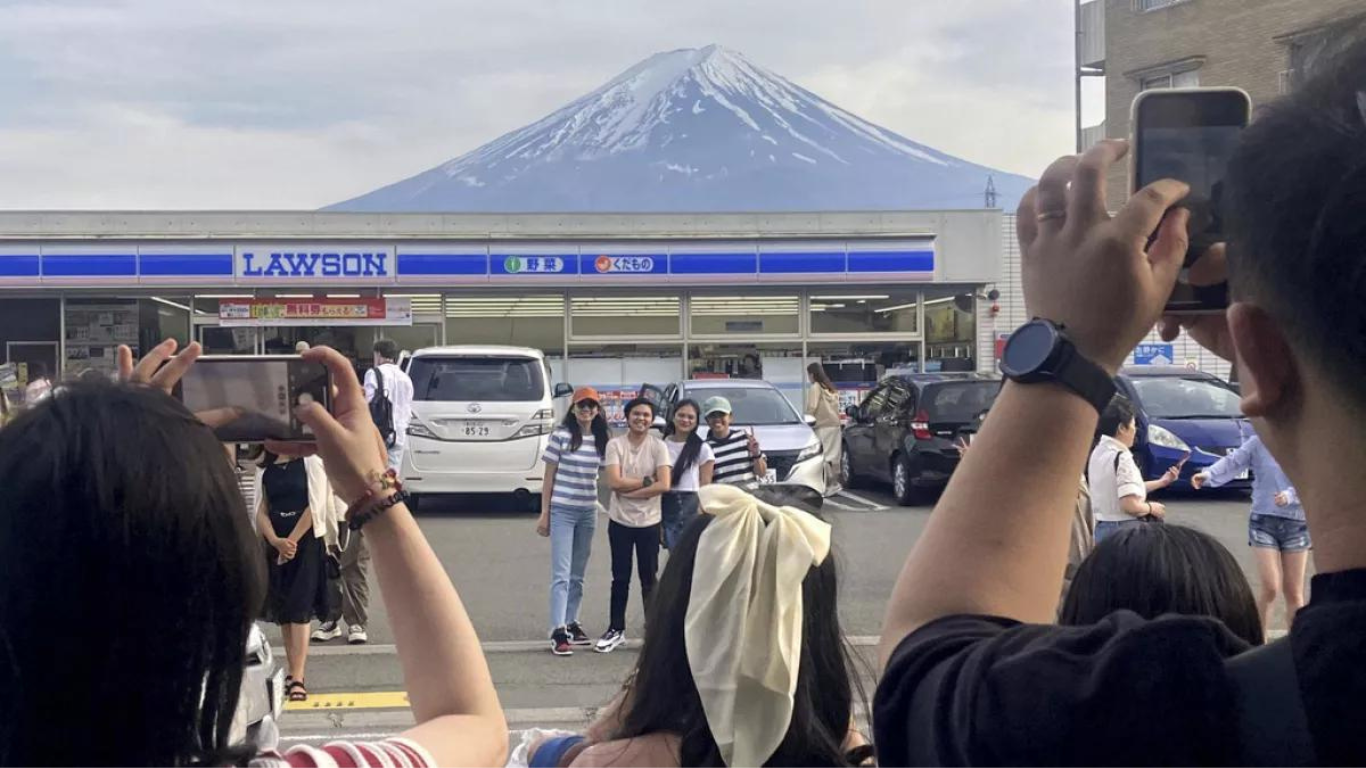
Picturesque View of Mount Fuji is Blocked by Japan's Overcrowded Tourism
-
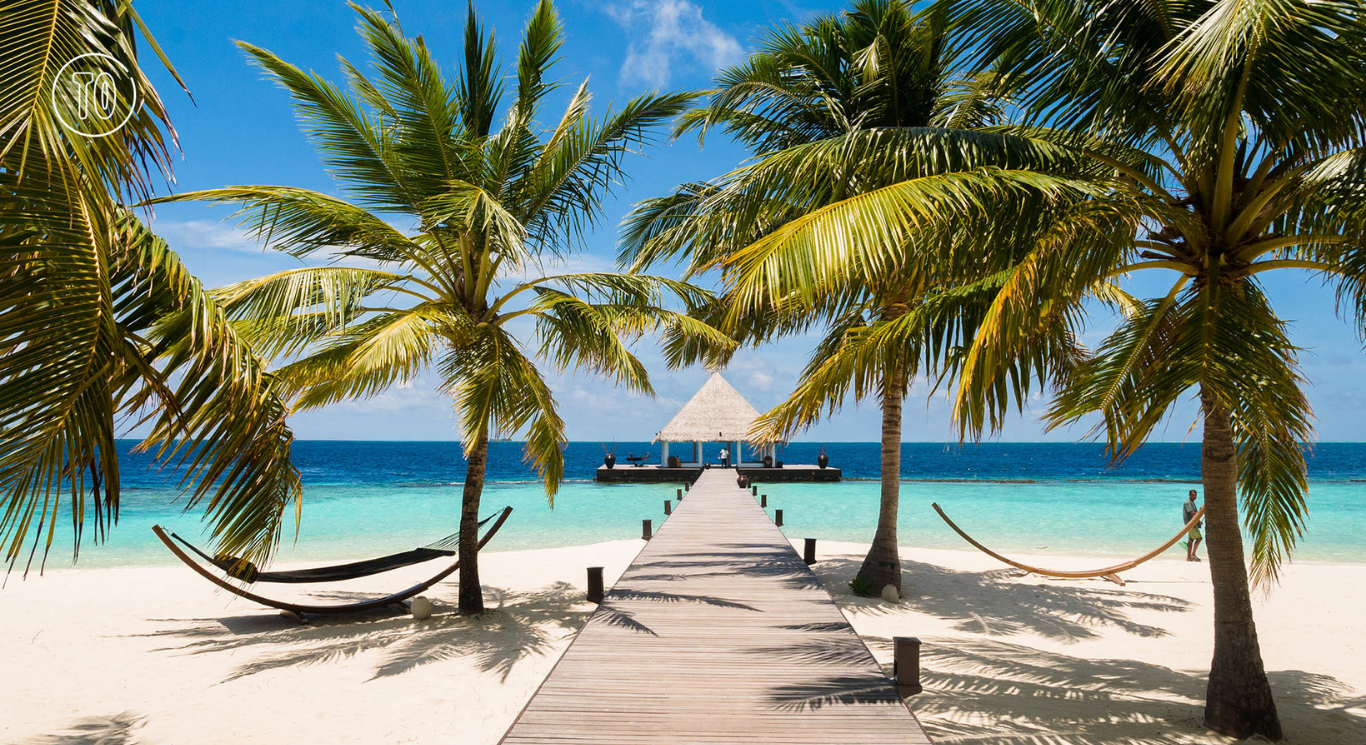
Why Every Traveler Must Visit The Maldives At Least Once?
-
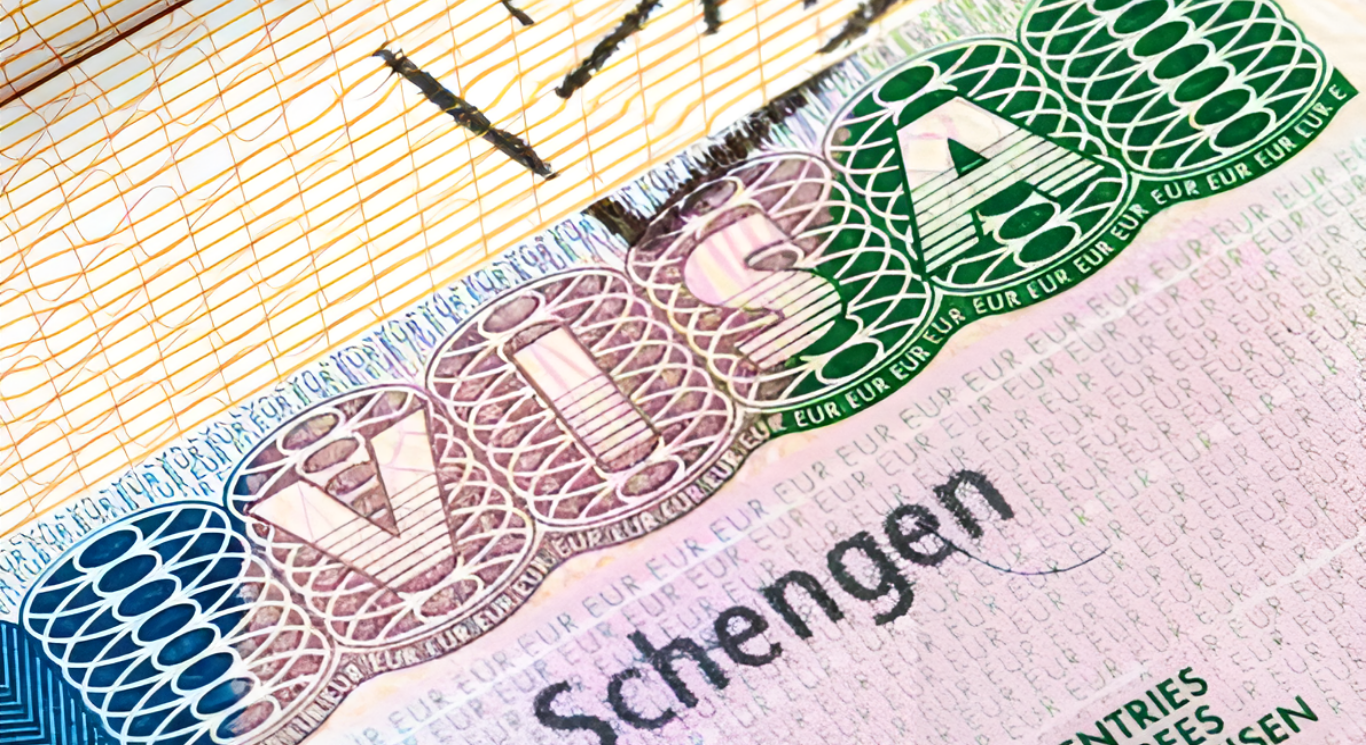
Europe Tour Now 12% Costlier, European Commission Announces Increase in Schengen Visa Fees Effective June 11
-
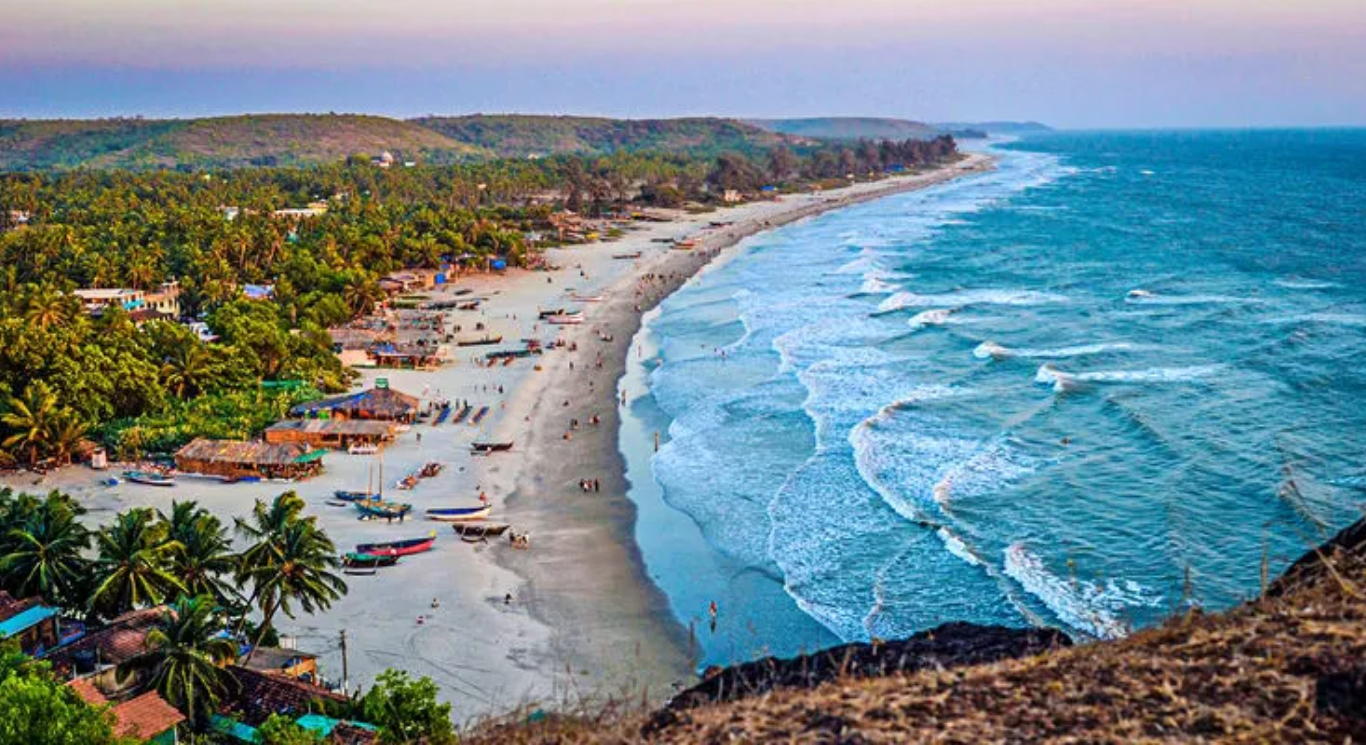
Unveiling the True Essence of Goa: Beyond Beaches and Parties
-

Explore Iceland's Majestic Landscapes: Top Hiking Trails for Unforgettable Adventures
-

Air India Express Crew Return To Duty After Mass Sick Leave, Normalcy Expected Soon
-
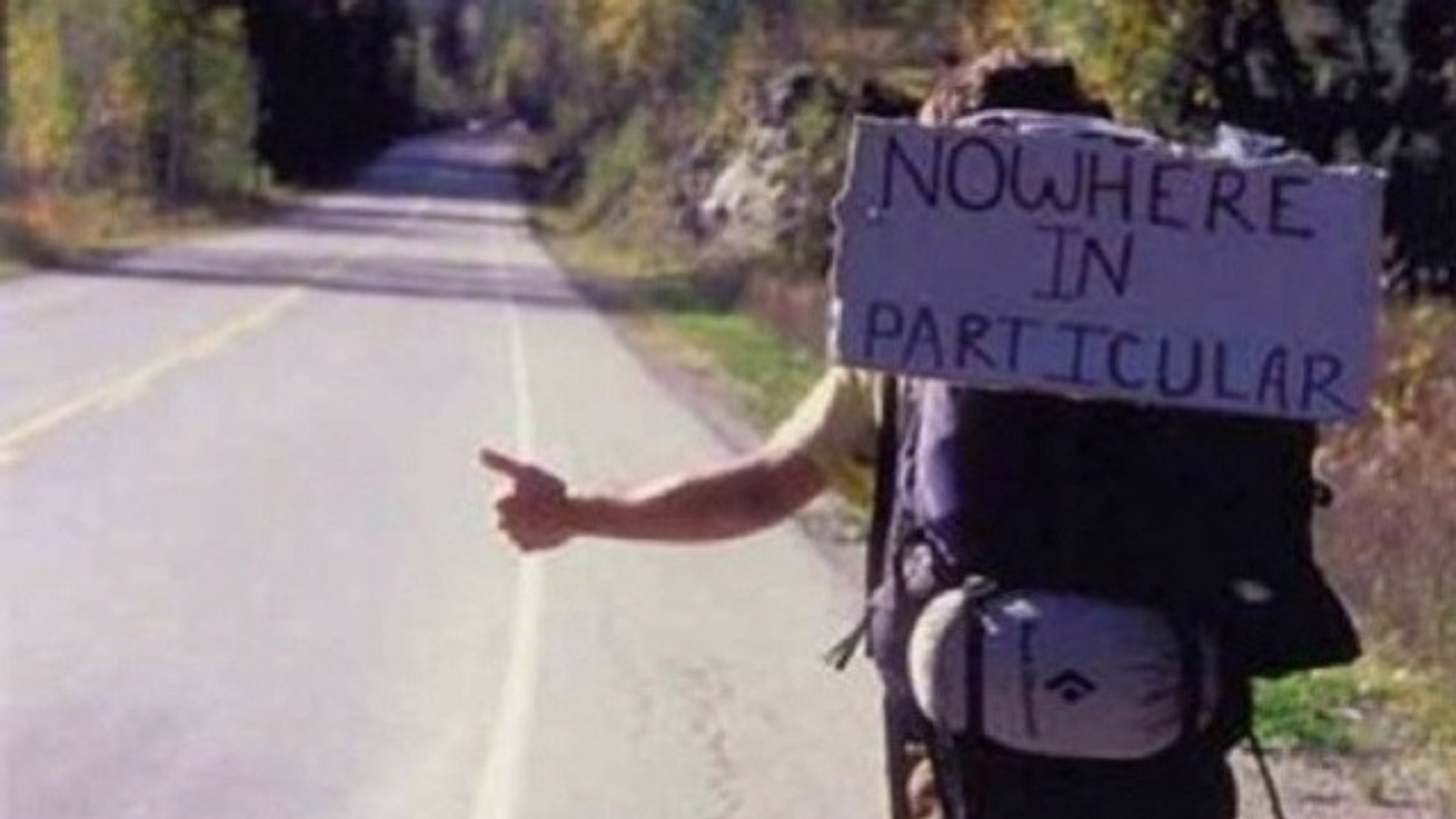
Unlocking Adventure: The Thrills and Risks of Hitchhiking Explained

Isn’t Goa a dream destination for all of us? The place that’s almost like a bucket list for us from the time we learnt about trips. But also the one trip that never happens for some reason or the other!
And even though all of us, who have at least once planned for a trip to Goa, have done a part of research about what the best thing about Goa, what are the most happening places of Goa, what beach is the best to visit in Goa and where the party spots in Goa are but despite all this research we fail to know what Goa is actually famous for.
Goa is not just famous for its beaches and the party spots or its luxuries and vacation vibe but also its vibrant and festive culture. One that nobody actually knows. Therefore, I write this blog today, with the sole hope that after reading this, all the lovely travellers, who plan a trip to Goa would pay slightly more attention to the actual beauty of the state rather than just the beaches and parties. There’s so much to explore and experience in the magnificent state of Goa that only words can never do justice to its vibrance.
History of Goa
A former Portuguese colony, Goa is renowned as the “Rome of the East.” A tiny state on India’s western coast, its culture is distinct from the rest of the country, having been inhabited and colonised by the Portuguese for about 450 years till it was freed from the Portuguese and incorporated into India on December 19, 1961.
Between 20000 and 30000 years have passed since this state was founded. In ancient times, it was called ‘Rewti Dweep.’ Goa has a long and illustrious history dating back to the third century BC. In 1510, the Portuguese established a colony in Goa, which lasted until 1961, when it was recaptured by the Indian army. The Union Territory of Goa was established initially. It was finally raised to the rank of 25th state in India in 1987. Because of its natural harbours and huge river system, Goa was a significant part of the Mauryan Empire. The state gained independence in 1987, and Konkani, the indigenous language, was only recently recognised as one of India’s official languages.
The Silharas, Kadamdas, Chaukyans, kings of Deccan, kings of Vijaynagar, Adilshah of Bijapur, and last but not least the Portuguese, who were the most successful of them all, governed the realm. The Portuguese arrived in India in 1498 and created a trade colony with the sole purpose of dealing with spices and cotton. The Portuguese naval Alfonso de Albuquere conquered the governing Bijapur rulers on behalf of a local sovereign, and eventually became the state’s ruler.
Because of its widely accessible ports, Goa has historically benefited as a trading centre. Goans have combined the finest of both civilizations with a wonderful harmony of East and West. Goa is a civilisation of kind, joyful people where Christians, Catholics, Muslims, and Hindus coexist together. Goans celebrate all important festivals with zeal, adhering to their long-standing traditions and customs and doing so without putting forth any religious barriers within the population.
Culture of Goa
Portuguese culture has left an indelible mark on Goa. The vibrant natural beauty, fascinating lifestyle, and gastronomic specialties all contribute to Goa’s unique personality. The state is alive with the vigour of happy spirits, which is mirrored in the people and their way of life. Goa is infused with the aura of holiday and freedom, making it an easy choice for travellers looking to escape the grind of city life. Its heritage is a mash-up of all the empires that have ruled over it throughout history mixed with the Portugese.
With a significant western influence, Goa has always had a more modern outlook. The fast industrialisation that has grown prevalent in the rest of India has yet to ruin their rich historical culture. The inhabitants are simple, kind, and fun-loving people who celebrate cultural and religious events with delicious food and lovely music.
Goans, a word adored by the state’s residents, practice ‘siesta,’ in which they close their shops and take a break from 1 to 4 p.m. The town is welcoming, and despite religious differences, the kind locals gather together. This is visible during worship and rejoicing. Folk performances, including music and dance, depict the state’s colourful traditions.
Folk music and dance of Goa
Folk music abounds in Goa’s cultural legacy, which merges nicely with influences from Western compositions. Goan artists use the Portuguese ways of integrating violin, piano, and mandolin. Dekhni, Mano, Fugdi, and Corridinho are some of Goa’s most well-known folk dances. Emiliano D’cruz, Prince Jacob, Rosario Rodrigues, Souza Boy, M.Boyer, Tony King Alfred Rose, Kid Boxer, and J. B. Rod are just a few of the amazing vocalists from Goa. The performing arts are very popular among Goans. Goan dances such as Fugdi, Dhalo, and Kunbi, which trace back to the Portuguese era in Goa, are a magnificent combination of Indian and western dance traditions. Folk dances and music are performed throughout the state for both religious holidays and happy occasions.
The Dekhni dance is one of Goa’s most well-known dancing genres. This dance form is performed while wearing a ghumat and is accompanied by a song with western roots, despite the fact that the dance is of Indian heritage. Only the ladies of the village perform the Dekhni dance, which is one of Goa’s most well-known customs.
Goff Tolgadi and Shigmo, on the other hand, are two Goan dance styles that are mainly performed during the spring months as an offering and celebration of the season’s bounty for the peasants and their crops. People from the Canacona Taluka (region) of Goa frequently do the Goff, which consists of weaving braids with various hues of colour.
Traditional Shigmo dances are done in colourful costumes to the rhythms of the dhol, tasha, or cymbals. Processions of floats, on which enthusiastic performers portray acts depicting Goa’s history, may be observed all throughout Goa’s streets.
Traditional dresses of Goa
The state’s tropical environment necessitates the use of light cotton clothing. Catholic ladies wear gowns and dresses, whereas Hindu women wear Nav-vari sarees. Pano Bhaju, Kashti, and Valkal are some of the other important costumes in Goan culture. Men, on the other hand, do not have any particular attire but are often dressed in shirts and half pants. Among visitors, brightly coloured shirts with half-pants and bamboo hats are emblematic of Goa. The famed Goa Carnival showcases the state’s vibrant colours and costumes.
The indigenous people of Goa use a ‘Kashti’ loincloth with a blanket thrown across their shoulders as their clothing. The ladies dress in a traditional sari with a knot tied with their ‘Kunbi palloo,’ and have a particular style.
Also read: All the Things You Need To Remember for Your Next Solo Trip
What is Goa famous for?
- Fascinating beaches- Its beaches, to be precise, are why people come here. Every five minutes of journey from north to south will take you to a new beach, with fresh shacks and a new feel. Baga, Candolim, Anjuna, and Vagator are popular choices in the north, while Palolem, Agonda, and Utorda are popular in the south.
- Vibrant carnivals- Goa comes alive in February to celebrate the carnival. The celebration, which goes back to the Portuguese era, is celebrated with considerable fanfare across the state, with the Catholic community leading the way. People will be dressed in traditional or even extravagant attire all throughout the city and villages, and there will be wonderful food and wine, making it a celebration!
- Festive vibes in December- Goa, which was governed by the Portuguese until 1961, is densely fortified with churches. When it comes to Christmas, the large Catholic population celebrates with vigour. Dances are planned, as are adorned streets, Christmas parties, several weddings, carol singing, and other activities. If you can stomach the crowds, December is a great time to visit.
- Watersports- Paragliding, parasailing, banana boat rides, and snorkelling are all available on most of Goa’s major beaches. You may also go scuba diving on select beaches. During the peak season, from October to February, costs are higher, but it’s also more enjoyable.
- The Portuguese colonies- Goa was governed by the Portuguese for a long period, until 1961. Many places, notably Panjim and Altinho, where most of the Goan government is based, have a strong Portuguese influence. Apart from that, even the houses in the villages and the churches have a distinct Portuguese flavour to them. Many of the elderly people still speak the language.
- Dolphins- Goa has a lot of fish, and not all of it is just for eating. You may rent a banana boat and head out into the water from numerous beaches. Dolphins will jump out of the water to play with your party in no time. It’s a great experience that’s also reasonably priced. The beach of Candolim is well-known for its dolphin sightings.
- Wildlife sanctuaries- Goa may be a small state, but it is densely forested and home to a diverse range of animals. Bondla Wildlife Sanctuary, Cotigao Wildlife Sanctuary, and Netravali Wildlife Sanctuary are among the several wildlife sanctuaries in Goa. From the Indian Bison to the Sambar Deer to the Malabar Giant Squirrel, you’ll discover a diverse assortment of Indian wildlife here. Many reserves provide animal safaris throughout the year, with some even giving night expeditions.
- Dudhsagar waterfall- The Dudhsagar waterfalls, India’s most popular tourist attraction, are a sight to behold once in a lifetime. The greatest time to view this magnificent sight is right after the monsoons have passed. With a height of 1017 feet, it is India’s highest waterfall.
- Architectural wonders- churches and Old Goa- When the Portuguese governed, Old Goa was the capital of the state of Goa. The beauty and architectural grandeur of the churches and cathedrals that are still in use and tastefully maintained may be seen in ancient Goa. Visit the Basilica of Bom Jesus, a UNESCO World Heritage Site that houses the relics of St. Francis Xavier. Alternatively, take a stroll around the villages and explore the historic houses, some of which are in ruins, to get a flavour of what Goa was like decades ago.
If you want to experience Goa’s true beauty, you must visit Old Goa and its iconic churches. These sacred sites provide you with an unparalleled sense of tranquilly, structural excellence, legacy, and history. These Goa churches exhibit remarkable Portuguese style and architectural splendour that you should not miss. Bom Jesus, Se Cathedral, Church of Our Lady of Rosary, St Francis, Chapel of St. Catherine, and others are well-known churches in Goa.
- Forts- Although the current Chapora fort was constructed in 1717, the fort’s history dates back at least three centuries. The fort is well known in India today as the location of the Bollywood film Dil Chahta Hai. Check out the views of Pernem, Vagator, and the Arabian Sea from this vantage point. If you like it, there are plenty of other forts to explore in Goa, including Aguada near Sinquerim and Cabo De Rama in Canacona.
The list of things that make Goa so famous doesn’t end here. There are so many more things that are just as fascinating and exciting like the nightlife in Goa, its seafood, shopping in Goa streets, its laidback lifestyle and its different kinds of parties.
Festivals in Goa
Goa is more fascinating than the other treasure troves of delight because of its mind-boggling fairs and festivals. Tourists from all over the world go to Goa to immerse themselves in the vibrant celebrations that take place throughout the year. Religious festivals, street festivals, concerts, carnivals, dance, music, and cuisine festivals, among other things, have helped Goa preserve its rich cultural legacy and customs. Festival tourism is an important aspect of the Goan experience.
Goa may appear to be India’s most peaceful state from afar, but it’s fairs and festivals will reveal the mind-boggling and soul-soothing pandemonium of joy. As you travel through the city to explore what’s left, you’ll witness the enchantment of many cultures colliding and historical grandeur.
Also read: Travelling Alone? Explore The Challenges Of Solo Travels
Sao Joao festival- Delights of the heart
It is one of the most well-known catholic celebrations in Goa. This event honours St John the Baptist and is held every year on June 24th. This festival’s beauty resides in its craziness. Villagers leap into streams, wells, and ponds, symbolising St John the Baptist’s joy at the birth of Jesus. Pool parties, private Sao Joao parties, visitors dressed out in Kopel flowers and leaves hats, dancing, music, and delectable Goan cuisine make the Sao Joao celebration the greatest. So, let one of India’s spectacular feasts begin.
Shigmo Festival- Spreading the colours of Joy
All around you are a riot of colours and soul-soothing mayhem. In Goa, the Shigmo festival is a thrill of festival tourism. It is not an exaggeration to describe it as a carnival of brilliant colours. It’s a holiday commemorating the arrival of the lovely spring season.
The Shigmo festival is the finest way to learn about Goan customs. It is one of Goa’s most well-known cultural events. Folk dances in colourful costumes, such as Divli and Ghode Modni, Gopha and Phugadi Float parades representing regional mythology, and so on, are the main attractions of this intriguing colourful festival that will enchant and delight you.
Feast of St Francis Xavier – Blessing Divine
In Goa, the Feast of St Francis Xavier is the most important Christian celebration. The story of the greatest Christian missionary, or the Lord of Goa in pride, reverberates in the Basilica of Bom Jesus to this day. To honour this great saint, a variety of rites are conducted. The Feast of St Francis Xavier commemorates the holy saint’s death anniversary.
Every year on December 3rd, the Feast of St Francis Xavier is commemorated. It is one of Goa’s most well-known religious festivities. Thousands of tourists visit the Basilica of Bom Jesus, where St Francis Xavier’s remains are housed in a coffin. Every year, this celebration is marked by a lot of pomp and circumstance.
Grape Escapade, Goa Cashew and Coconut Fest, Three Kings Feast, Bonderam Festival, and Goa Food and Cultural Festival are just a few of the various events held in Goa. Kalas Utsav, Shri Shanta Durga Jatra, Novidade, and the Goa Carnival are all vibrant celebrations of Goan culture. Thousands of people participate in a large procession of ‘palakhi,’ or palanquins, during the Jatra feasts. The holidays, especially Christmas and New Year’s Eve, are popular tourist attractions.
Churches of Goa
The renowned cathedral in Goa is a magnificent legacy that the Portuguese kings have left for us to appreciate. These churches are architectural wonders in their own right, not only religious places of worship for Christians. They are grand in design, superlative in architecture, and preeminent in religion. Some of these have even been included in Goa’s UNESCO World Heritage Sites.
Some of the most famous churches in Goa include Basilica of Bom Jesus, Church of Our Lady of Immaculate Conception, Se Cathedral, Church of Our Lady of the Mount, Church of St. Cajetan, Mae De Deus Church, Church of St Francis of Assisi
Also read: Dealing With Post Vacation Depression? Here Are Some Tips
Tags:
Adventure TravelgoaSolo travelTraveltravel advisoryTravel ChecklistTravel motivationTravel PreparationTravel Tips
- Edited By: Srishti Mukherjee
- Updated on: May 15, 2024, 3:08 pm IST

Are There Initiatives By TCS, Wipro, Cognizant, Dell, And Infosys To Encourage Employees’ Office Attendance?
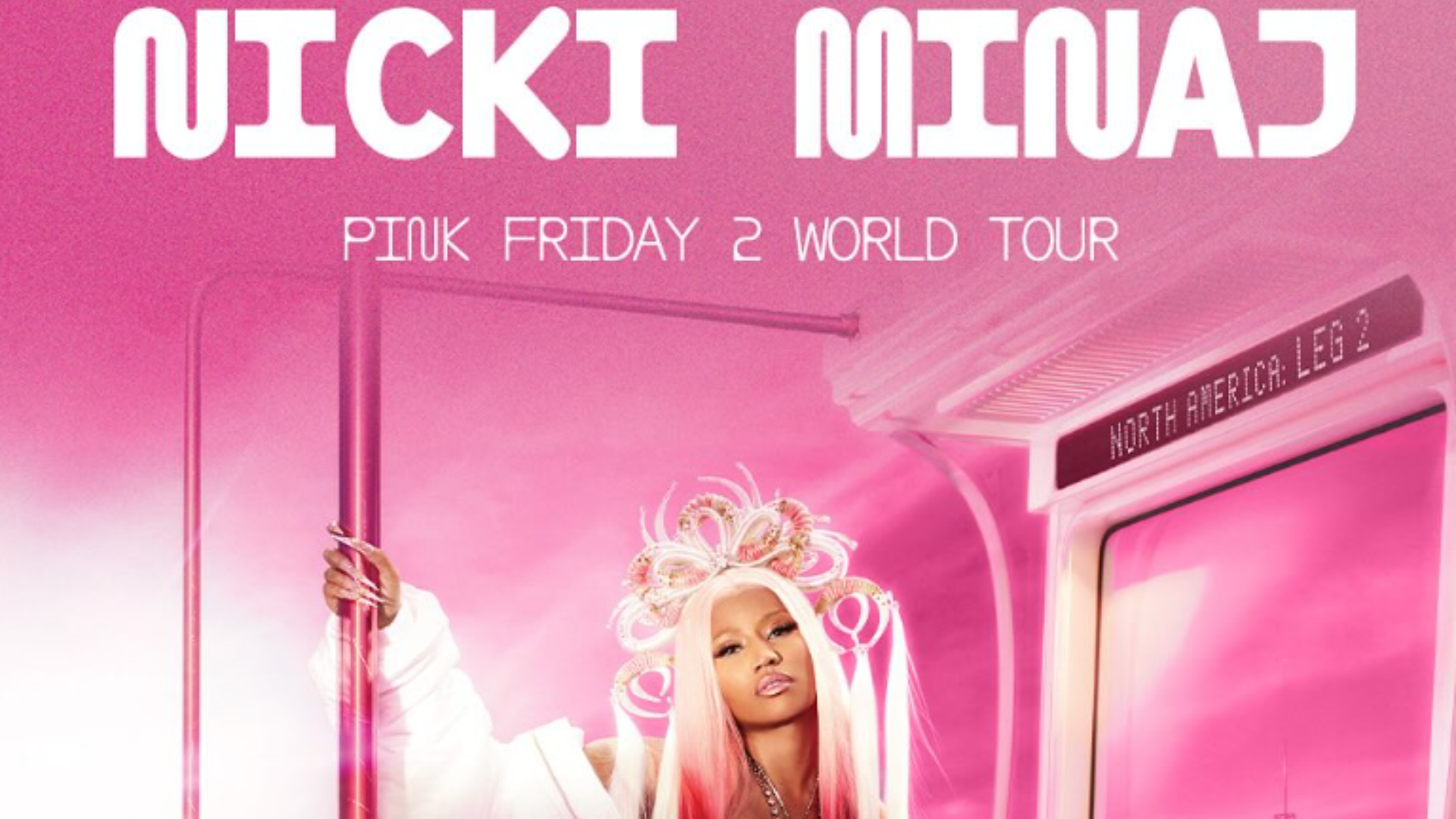
Did Nicki Minaj’s Pink Friday 2 Tour In The UK Get Canceled? Did She Face Legal Troubles In Amsterdam?
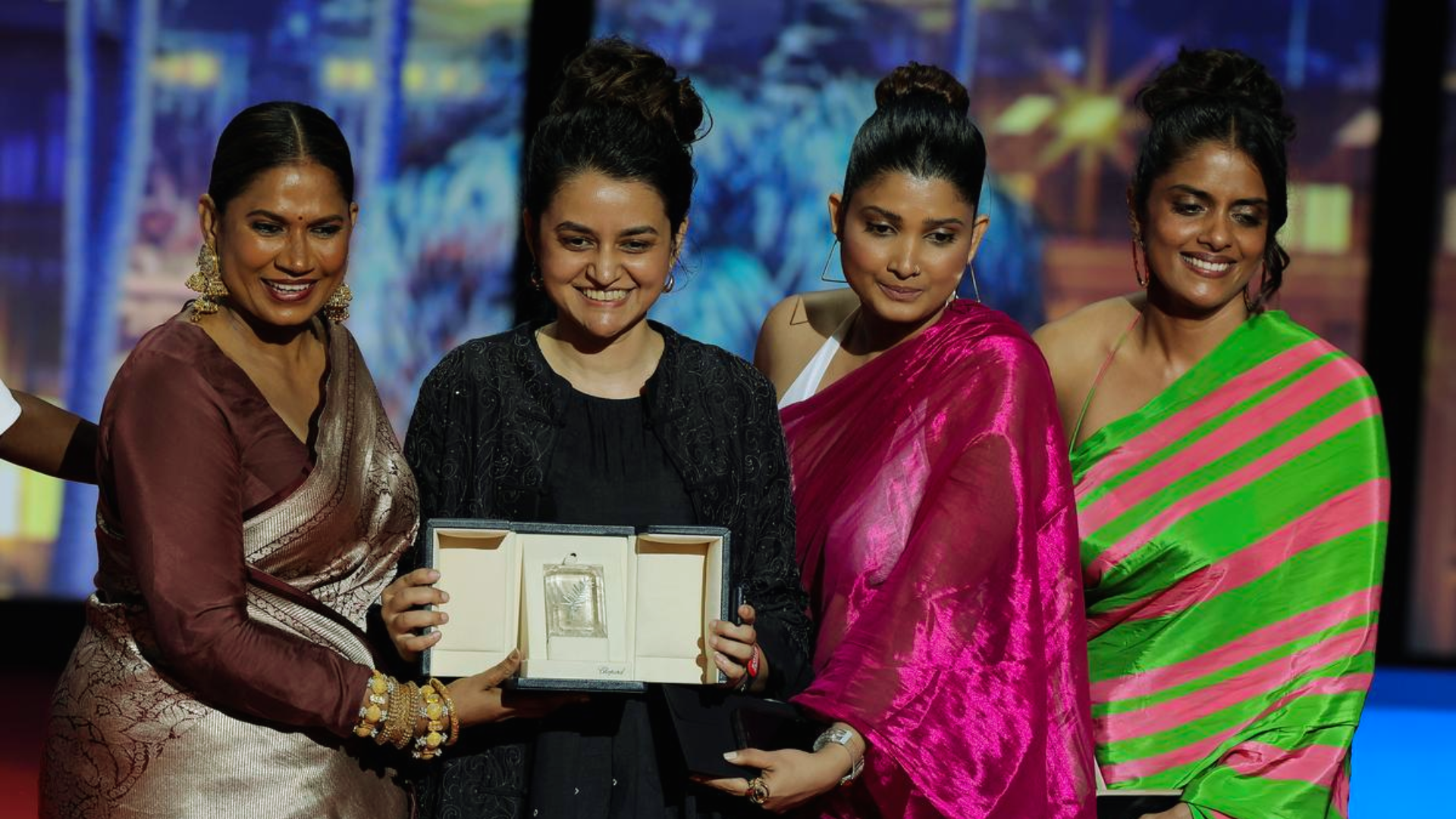
Payal Kapadia’s ‘All We Imagine As Light’ Makes Cannes History With Grand Prix Victory

Haryana Village Refrains From Voting In 6th Phase, Due To Bridge Construction Demand

Hamas Claims Capture Of Israeli Soldiers in Gaza, Israel Denies Allegation

Report: Drone Strike On Gaza School Kills 10, Including Children
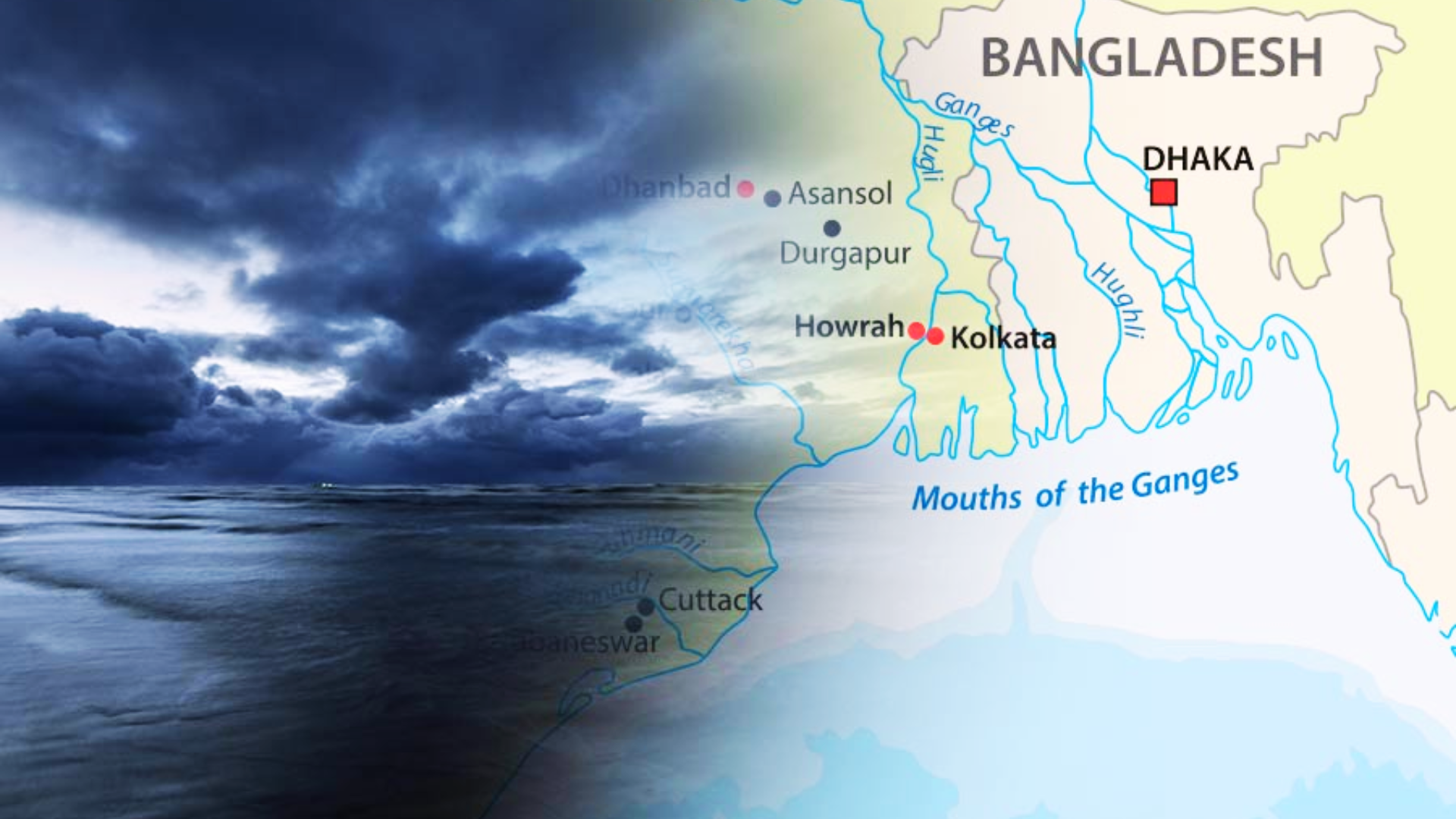
Cyclone Remal To Hit Bengal-Bangladesh Coast: Kolkata Braces For Impact With Heavy Rainfall And Strong Winds

Global Outcry Over China’s Military Activities Near Taiwan

Nicki Minaj Arrested During Instagram LIVE In Amsterdam Over Carrying Marijuana In Bags: Report
